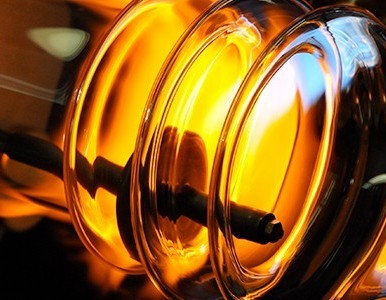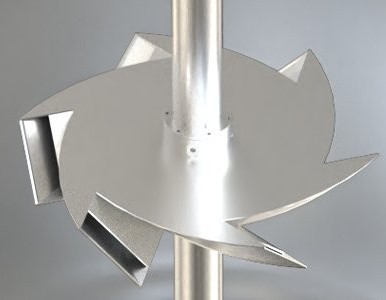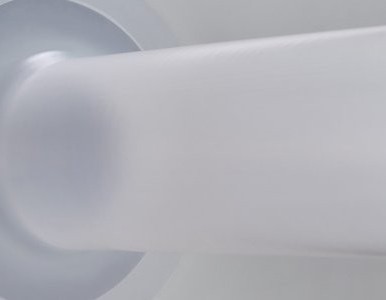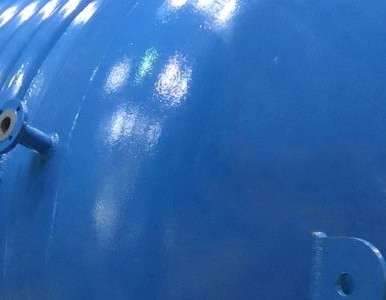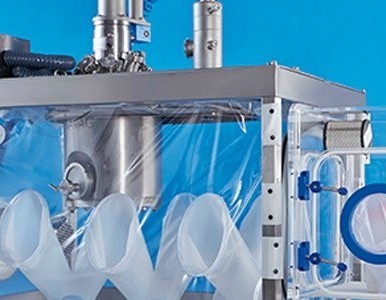MAVASPHERE® Spherical Dryer 4th Generation Drying Technology
07 September 2021
MAVASPHERE® Spherical Dryer 4th Generation Drying Technology

Client Introduction & Requirement
A customer in the Pharmaceutical Industry that deals in formulations and APIs primarily in India and in USA, was facing an issue manufacturing their drug Valsartan. Valsartan, one of the drugs in ‘SARTAN’ family, is known to be one of the difficult products to dry on account of its tendency to form lumps during drying. It is used to treat high blood pressure and heart failure.
Conventional method
Step 1: Rotocon Vacuum Dryer (RCVD) is used for first stage drying as the main equipment for thermal separation of solvent from the product
Step 2: Mill is used for particle size reduction to meet PSD requirements
Step 3: Second stage drying in RCVD
Step 4: Intermediate external milling (involving manual handling)
Step 5: Final third stage drying in RCVD
Issues with current method
In a conventional drying setup, there were several issues/limitations associated with it. Major issues were having a larger footprint, higher capital investments (CAPEX), higher operating expenditures (OPEX), open handling of process, hazardous for operator and slower drying rates. Thus, conventional drying set up was causing a real bottle neck with high ‘Cost of Ownership’ and low ROI.
The challenge for GMM Pfaudler Group
We had to not only prove that MAVASPHERE® Spherical Dryer technology was best suited for the application, but also that it substantially reduces overall ‘Cost of Ownership’. This is over and above meeting all the industry’s key demands and expectations like suitability for multiproduct, high availability, user friendliness, fully enclosed for product and operator protection, compact footprint and, flexible control for products difficult to dry.
Our Approach
GMM Pfaudler Group has always promoted pilot scale trials for critical applications to establish and prove our technologies. This has been very effective for many of our clients.
1. Mobile pilot MAVASPHERE® unit was sent to the customer’s site for trials, proof of concept and establishment of data for scale-up
2. The pilot unit (100 L working volume) consisted of a Spherical dryer along with Vacuum and Solvent Recovery system
3. Due to the know-how of MAVAG specialists we have deputed a process expert which not only helped the customer in setting the pilot unit but also supported the client in optimising number of trials for different products to establish consistency in performance
Results
The trial was conducted, and it was found that using a MAVAPSHERE ® Spherical Dryer technology, the acceptance criteria (PPM & particle size) was met within 24 hours with single stage and in one equipment without any external milling.
Key results and the impact of using MAVASPHERE® Spherical Drying technology were noted:
1. Maximum working volume handling capacity (80%)
2. Ability to process lower working volumes with same efficiency as that in handling higher volumes
3. Maximum discharge (minimum heel volume)
4. Completely closed system for product and operator protection
5. Compact system with lowest footprint allowing perfect clean room separation
With these decisive findings, the client placed an order for 3 units in SS 316, MAVASPHERE® Spherical dryer with a working volume of 2KL for their different plants in India.
Conclusion
This case study proved that Mavasphere® Spherical dryer has seamlessly replaced conventional drying setup. Reducing:
- 75% Time
- 80% Footprint
- 60% Power
- 70% Running Cost
Thus, Spherical Dryer is ideally suited for ‘effective’ production of API & HAPI under today’s GMP guidelines, meeting all demands and expectations from industry with reduction in overall ‘Cost of Ownership’ up to 60-70%. There are several applications in different industries where MAVASPHERE® spherical dryer 4th generation technology can seamlessly replace conventional drying technology. It is particularly best suited for applications:
1. Where there is a tendency to form lumps during drying, making the product difficult to dry
2. Where dry product needs to have definite crystal structure
3. Where maximum product discharge is expected with minimum heel volume

